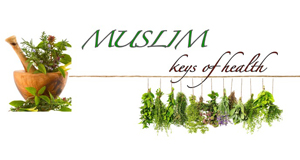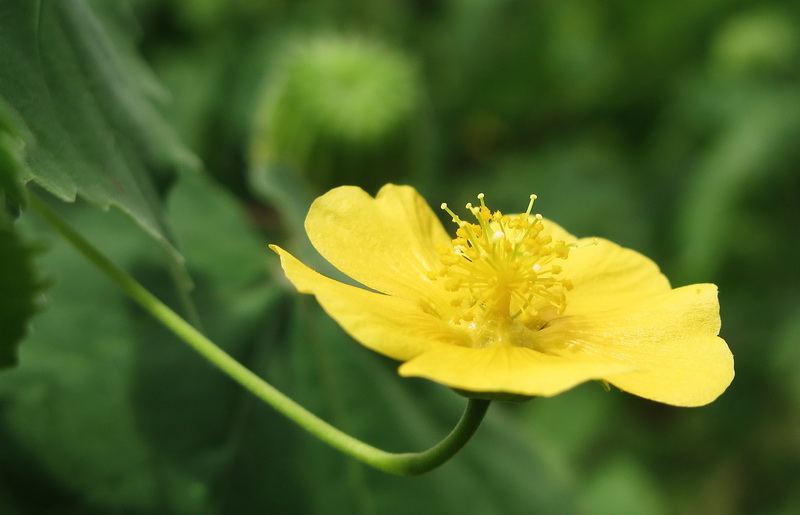INDIAN MALLOW
(Abutilon indicum)
SCIENTIFIC DETAILS
Family Name:Malvaceae
Common Name(s): Indian Mallow; Country Mallow; Velvet leaf
Part(s) Used: Whole plant
Habitat:Very common in wastelands; foothills to 900m; widely distributed throughout the tropics and sub tropics.
Properties: Aphrodisiac, laxative, expectorant, diuretic, astringent, analgesic, anti-inflammatory, anthelmintic, demulcent, sedative
Abutilon indicum has been medicinally used in traditional Chinese and Ayurvedic traditions. The entire plant has medicinal value. The leaves are used as demulcent, aphrodisiac, laxative, and sedative. The bark is astringent and diuretic; the seeds are considered to be laxative, demulcent, and expectorant.
The entire plant is uprooted, dried and crushed into a powder to be used as a laxative and tonic. It is also anti-inflammatory and anthelmintic. The roots are diuretic and are also used in the treatment of leprosy.
USES:
The uses of Abutilon indicum are wide ranging and dynamic.
- Diarrhea and Thread Worms
The seeds are used to treat the symptoms of diarrhea and to eliminate thread worms. The seeds are crushed and then boiled to make tea. It can also eliminate irritants that cause diarrhea. It is an effective herb overall to stimulate intestinal secretions. - Colds & Fevers
The plant has traditionally been used to cure colds and fevers. The parts of the plant that are above the ground are simmered to produce an infusion, which is taken several times a day. - Respiratory Tract Health
The whole plant can be boiled to create a decoction which can be taken several times a day to relieve the symptoms of respiratory ailments, lungs related concerns, tuberculosis, and bronchitis. - Urinary Tract Infections
The roots and bark of the plant are diuretic and promote the production of urine. They are therefore used to treat urinary tract infections as well as kidney related concerns. - Toothache
The twigs of the plant are used to create an infusion which is used as a mouthwash to help relieve toothache. - Piles
The seeds of the plant are laxatives and are a very effective remedy in curing piles. - Gout
A decoction made from the leaves is used to cure various chronic conditions such as gout, tuberculosis, ulcers and bleeding disorders. - Tonic
Ancient Indian doctors considered it a tonic and an aphrodisiac and used it to promote overall health and vitality of their patients. The root is ideally used for this particular purpose. In Southern India the root is used for neurological disorders including treatment of hemiplegia and Bell’s palsy.
CONTRAINDICATIONS
• No documentation of the herb’s contraindications is currently available. But like all natural medicines, it is best to start off by using a very small amount, and always under the guidance of a qualified health care practitioner.
Tags: aphrodisiac, laxative, expectorant, diuretic, astringent, analgesic, anti-inflammatory, anthelmintic, demulcent, sedative, tonic, digestive health, anti-parasitic, worms

